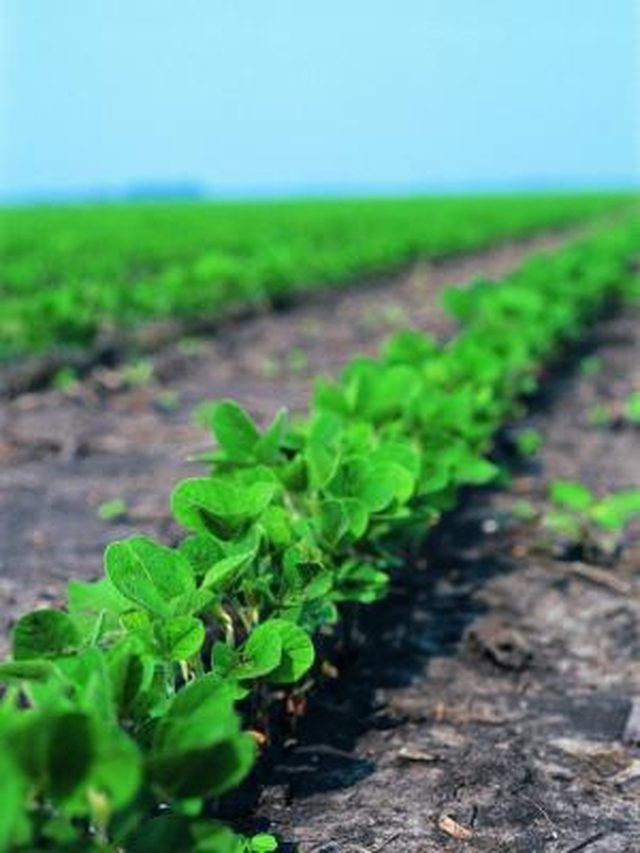Bulbs
Flower Basics
Flower Beds & Specialty Gardens
Flower Garden
Garden Furniture
Garden Gnomes
Garden Seeds
Garden Sheds
Garden Statues
Garden Tools & Supplies
Gardening Basics
Green & Organic
Groundcovers & Vines
Growing Annuals
Growing Basil
Growing Beans
Growing Berries
Growing Blueberries
Growing Cactus
Growing Corn
Growing Cotton
Growing Edibles
Growing Flowers
Growing Garlic
Growing Grapes
Growing Grass
Growing Herbs
Growing Jasmine
Growing Mint
Growing Mushrooms
Orchids
Growing Peanuts
Growing Perennials
Growing Plants
Growing Rosemary
Growing Roses
Growing Strawberries
Growing Sunflowers
Growing Thyme
Growing Tomatoes
Growing Tulips
Growing Vegetables
Herb Basics
Herb Garden
Indoor Growing
Landscaping Basics
Landscaping Patios
Landscaping Plants
Landscaping Shrubs
Landscaping Trees
Landscaping Walks & Pathways
Lawn Basics
Lawn Maintenance
Lawn Mowers
Lawn Ornaments
Lawn Planting
Lawn Tools
Outdoor Growing
Overall Landscape Planning
Pests, Weeds & Problems
Plant Basics
Rock Garden
Rose Garden
Shrubs
Soil
Specialty Gardens
Trees
Vegetable Garden
Yard Maintenance
What Is the Best Climate for Growing Soybeans?
What Is the Best Climate for Growing Soybeans?. Soybeans are a major crop in the United States and elsewhere in the world. Used in an increasing variety of products, soybeans will grow in many different climates, but like most plants, they do best within a certain range.

Soybeans are a major crop in the United States and elsewhere in the world. Used in an increasing variety of products, soybeans will grow in many different climates, but like most plants, they do best within a certain range.
Climate
Soybeans are usually grown in cool, temperate regions like the midwestern United States and southern Canada, but tropical climates like Indonesia also produce soybeans. This crop can grow almost anywhere with a warm growing season, ample water, and sunlight.
Temperature
Soybeans are usually planted when the soil temperature is between 55 and 60 degrees Fahrenheit, and a hard frost is unlikely. Soybeans can be damaged by subfreezing temperatures, but they are less tender than several other crops, such as corn. Soybeans also need a growing season with temperatures between 70 and 95 F.
Soil
Soybeans are highly adaptable and will grow in most soils, although they can have trouble in heavy clay. The best soil is loose, rich loam that is moist but well drained.